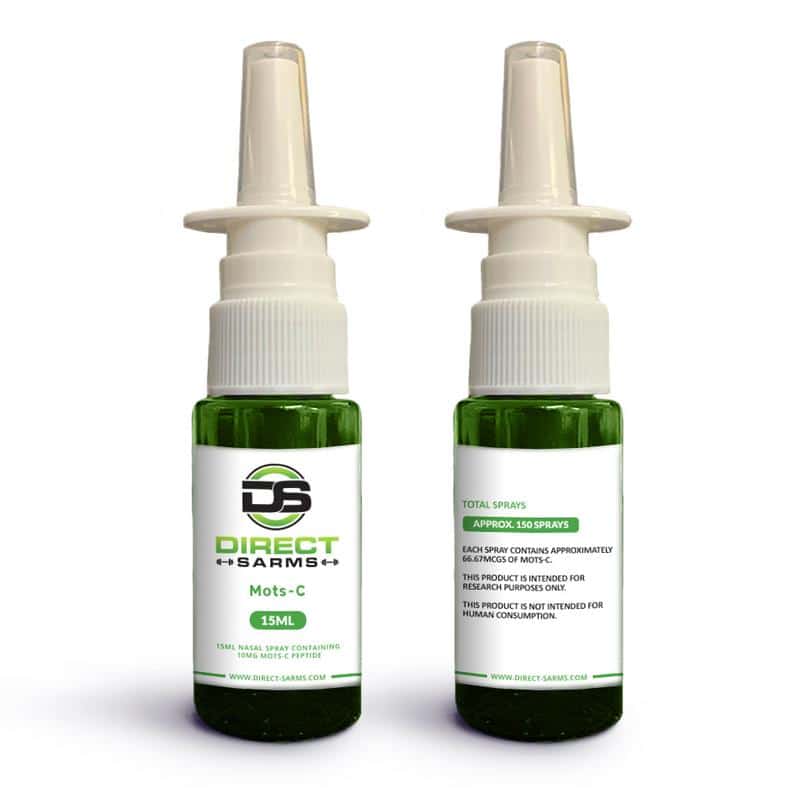MOTS-C Nasal Spray
$47.24 – $88.23
Proven health benefits of mots c peptides according to research studies include:
- Prevention of insulin sensitivity.
- Increasing metabolic versatility
- Weight loss
- Regulation of mitochondrial energy.
- Increases the ability to exercise.
- Improvement of Glucose regulation.
- Boosting bone density and prevention of osteoporosis.
15ml Nasal Spray contains 10mg MOTS-C
30ml Nasal Spray contains 20mg MOTS-C
677 in stock
First time customer gets 15% discount code = 1storder
MOTS-C Nasal Spray Norway
A number of scientific advances recently made in high-resolution sequencing have resulted in the discovery of peptides derived from the mitochondrial genome. Among these peptides is 12S tRNA-c which encodes a 16-amino acid named MOTS-C peptide vial, as well as six small human-like peptides named SHLP1-6. Norway Research has suggested that these may aid treatments for a number of conditions.
Norway Clinic trials have evidenced one of these benefits appears to be that it regulates insulin sensitivity and metabolic homeostasis, allowing it to reduce insulin resistance and decrease obesity. Research suggests that its primary target organ is the skeletal muscle and metabolic regulation is achieved via the folate-purine-AMPK pathway.
During trials of MOTS-C peptide vial treatment on mice it was discovered that in these mice, both age-dependent and high-fat-diet-induced insulin resistance was prevented. The research also showed a reduction in diet-induced obesity, which may have implications for the treatment or prevention of obesity-related conditions. It is therefore hypothesised that the mitochondria MOTS-c is derived from could actively regulate metabolic homeostasis at the cellular and organismal level through the peptides their genome encodes.
While the possibility of using MOTS-c peptide vial to form treatments for insulin resistance and obesity in many sectors of the population, some research has looked particularly at the implications for the post-menopausal state. This state is a particularly risky time for metabolic disorders which include weight gain and reduced energy expenditure. These can lead to an increased risk of cancer and cardiovascular diseases.
Norway Clinical trials on mice showed that low levels of estrogen after ovariectomy resulted in an increased fat mass overload and insulin resistance developed due to the disturbance of normal adipose function. Following treatment with MOTS-c, the research showed that brown fat activation increased, while both OVX-induced fat accumulation and inflammatory invasion in white adipose tissue was reduced. Additionally, a blocker of the AMPK pathway was found to reduce the effect of MOTS-c in regulating adipocyte lipid metabolism, while a MOTS-c activated AMPK pathway improved both energy dissipation and insulin sensitivity.
The implication of these trials would suggest that MOTS-c peptide vial has the potential to be used to develop treatments of menopausal induced metabolic dysfunction. Furthermore, the research suggests that it may play a role in the treatment and prevention of diabetes and obesity-related diseases across the population.
MOTS-C Nasal Spray Benefits Norway
Insulin Resistance
Human studies on MOTS-C peptide suggest it plays a significant role in the pathogenesis of insulin sensitivity, as demonstrated by University of Southern California research.
According to researchers, prediabetic lean individuals may be able to be monitored using the peptide. In addition, it is also thought, alterations in MOTS-c levels may also indicate a possible insulin sensitivity.
As a result, MOTS-c nasal spray peptide supplementation may help humans avoid insulin resistance and type 1 diabetes.
More Norway clinical trials are needed to learn more about the effects of the drug on humans, even though research on mice models is promising.
Weight Loss
Norway Researchers discovered how effective it was at combating weight gain caused by eating a Western diet high in fat in a recent study.
MOTS-c nasal spray is a relatively new peptide, as a result, researchers are delighted to discover that it could effectively target muscle tissue and counteract the effects of a restricted diet on insulin sensitivity.
Mice were fed a high-fat diet, which is known to cause obesity and insulin resistance. In the study they were given a MOTS-c injection, according to results, mice injected with MOTS-c had both effects suppressed by the injection.
The study also found that MOTS-c nasal spray can control the metabolism of monoacylglycerol, sphingolipids, and dicarboxylates. Therefore preventing fat accumulation, resulting in weight loss.
Scientists are increasingly aware of a link between fat loss and MOTS-c. Mitochondria appear to play an essential role in regulating fat metabolism, which may lead to an increased level of circulating fat, which causes the body to increase insulin production in an attempt to extract lipids from the blood.
Fat deposition and a homeostatic shift occur in the body because the body becomes more resistant to insulin levels that are higher than average.
Heart
According to a Norway study of patients undergoing coronary angiography, endothelial cell dysfunction is more prevalent in patients with lower levels of MOTS-c in the bloodstream.
Endothelial cells must be present to control the formation of plaques, blood pressure, and blood clotting. According to new findings in rat studies, MOTS c sensitizes endothelial cells, enhancing the function of the endothelium and the blood vessels.
MOTS-c is a powerful antioxidant, but it’s not the only mitochondrial-derived peptide that can improve heart health. MDPs play essential roles in protecting cardiac cells from inflammation and stress, according to research.
According to Norway researchers, MDP dysregulation may be a crucial factor in the onset of heart disease.
Osteoporosis
MOTS-c nasal spray treatment enabled older and middle-aged mice to run longer distances than untreated mice, according to a study. As a result, older mice performed better than younger, untreated ones. In addition, a cellular level study shows that MOTS C peptide can improve exercise performance.
Osteoblasts in the bone are activated by the peptide motsc, which has been shown to influence the production of type I collagen. For this reason, TFG-beta SMAD pathways are regulated, which improves the health and survival of osteoblasts. By promoting the survival of osteoblasts, MOTS-C improves type 1 collagen synthesis, thereby increasing bone strength.
Further research on the impact of osteoporosis and MOTS c reveals that the peptide promotes bone marrow stem cell differentiation via the same pathway. This increased bone formation or osteogenesis.
According to the findings, MOTS-c protects osteoblasts, aids in their survival and health, and promotes the differentiation of stem cells into osteoblasts.
Osteoporosis may soon be treated and prevented with an over-the-counter Norway MOTS c prescription currently being researched.
Anti-Ageing Properties
According to scientific studies, it has been found that MOTS-c nasal spray promotes the human life span. Peptide alteration associated with longevity in Japanese populations was discovered in the study. But research shows that it affects all of us.
The replacement of a glutamate residue in location 14 of the lysine protein is triggered by a change in the MOTS-c gene. The functional aspects of the protein are currently unknown due to this change. Because glutamate is so different from lysine, they are confident that it works. To fully understand the impact of this change, more research is needed. People of Northeast Asian ancestry, according to Norway researchers, are the only ones who have it.
Many ageing-related diseases are linked to mitochondrial dysfunction, which is the single most crucial metabolic organelle. Mitochondria may be influenced by peptides like MOTS-c, leading to longer lives and better overall health.
There is also the option Norway to buy MOTS-C Peptide Vial and buy MOTS-C Pre Mixed Peptide.
References:
[1] https://www.anaspec.com/ products/product.asp?id=58951
[2] https://www.ncbi.nlm.nih.gov/ pubmed/30725119
[3] https://www.cell.com/article/ s1550-4131(15)00061-3/abs
[4] https://phoenixpeptide.com/ topics/detail/164ht
Molecular Formula: C101H152N28O22S2. C2HF3O2.
Molecular Weight: 2288.6 g/mol
Sequence: MRWQEMGYIFYPRKLR
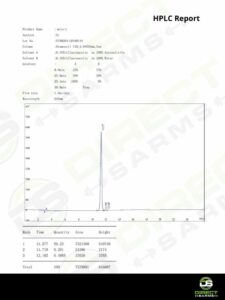
ALL CONTENT AND PRODUCT INFORMATION AVAILABLE ON THIS WEBSITE IS FOR EDUCATIONAL PURPOSES ONLY.
DISCLAIMER: These products are intended solely as a research chemical only. This classification allows for their use only for research development and laboratory studies. The information available on our Norway Direct Sarms website is provided for educational purposes only. These products are not for human or animal use or consumption in any manner. Handling of these products should be limited to suitably qualified professionals. They are not to be classified as a drug, food, cosmetic, or medicinal product and must not be mislabelled or used as such.
Related Products
You may also like…
-
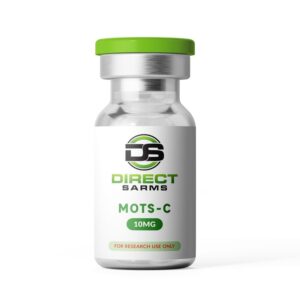
MOTS-C Peptide Vial – 10mg vial
$37.24 -
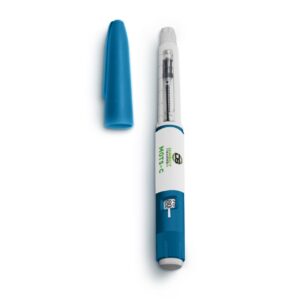
Save 10%
Save 10%
MOTS-C Pre Mixed Peptide 10mg
$40.46 – $109.25 This product has multiple variants. The options may be chosen on the product page -
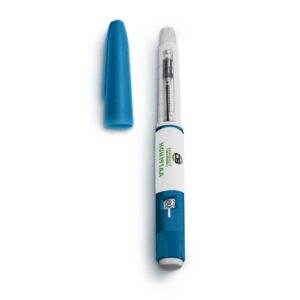
Save 10%
Save 10%
HGH191AA Somatropin Pre Mixed Peptide 10iu
$43.33 – $116.98 This product has multiple variants. The options may be chosen on the product page -
 NEW REDUCED PRICENEW REDUCED PRICENEW REDUCED PRICE
NEW REDUCED PRICENEW REDUCED PRICENEW REDUCED PRICEHGH191AA Peptide Vial 10iu
$40.10 – $51.33 This product has multiple variants. The options may be chosen on the product page

